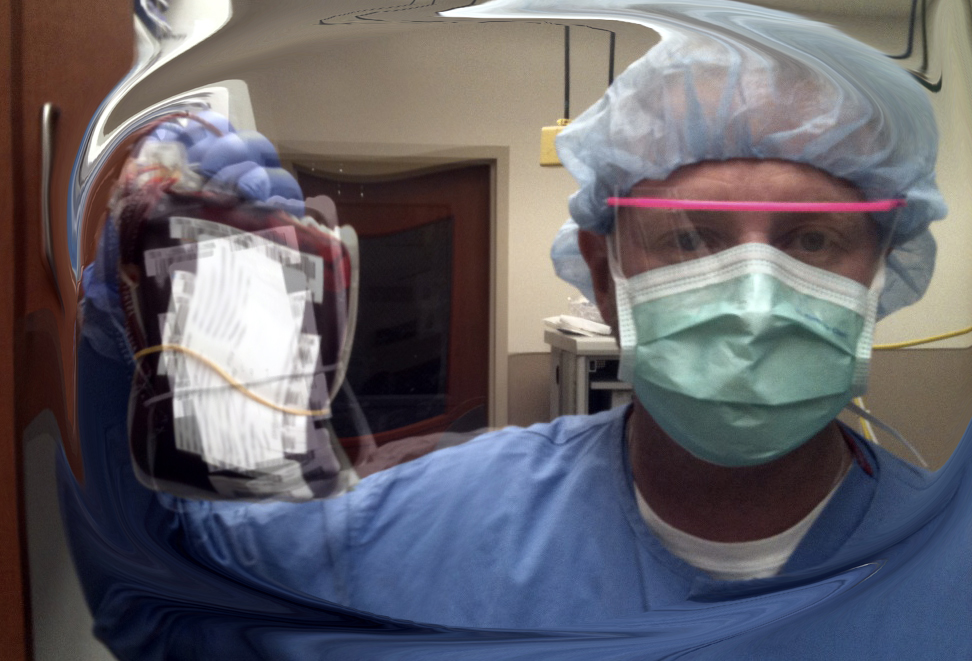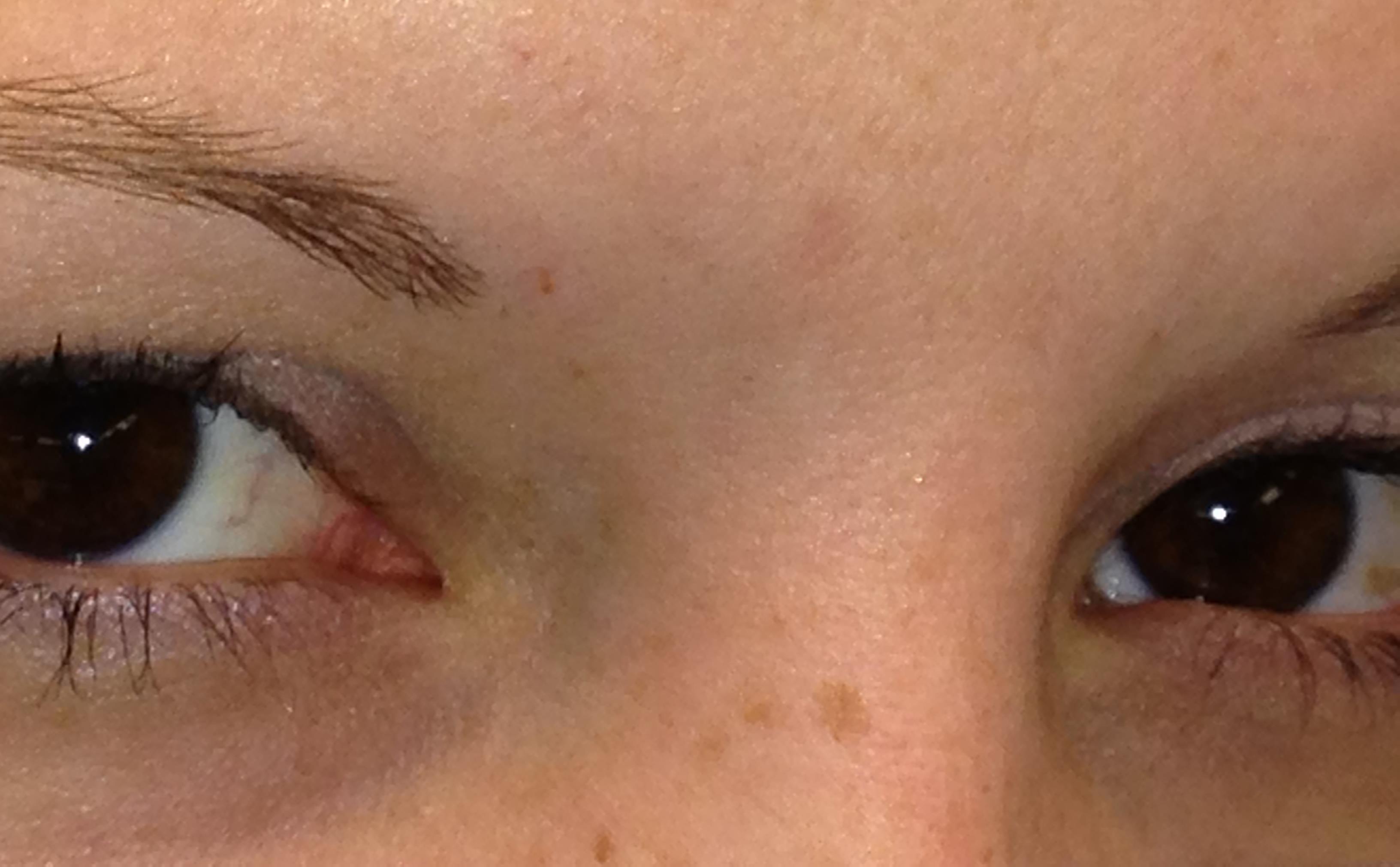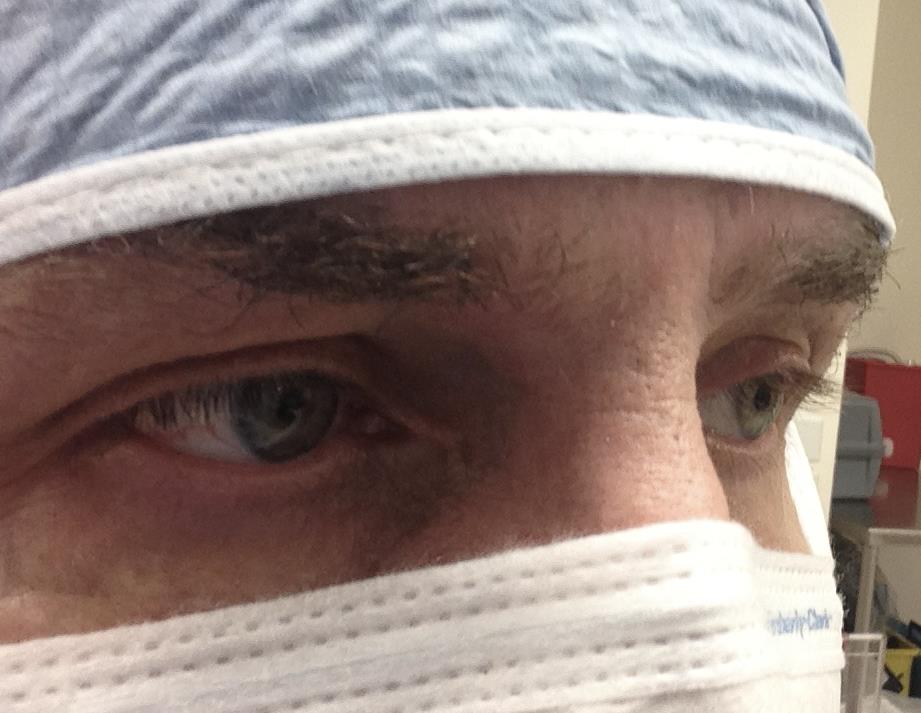And… Eye Contact HAS Been Made…

Editor’s Note:
Establishing eye contact is a very important part of the process. It unifies the team, ensures we are all on the same page, and is a subtle assessment of our own state of readiness.
It is this last piece of the check list (see below) that brings me to acknowledge a very competent member of our team, that is about to depart for a new opportunity as a cardiovascular circulating nurse.
His name is Keith, and he has been and always will be- the consummate expression of what a nurse in the operating room should be: kind, competent, caring, and completely self aware of the clinical surroundings he encounters.
His time with us has been extraordinary as well as unwavering. Our loss is someone else’s gain in the truest sense. I am glad to call him my friend.
So in two days, on his last case, when the entire room stops and listens to Kieth as he delivers his last “Time Out” for us, I for one, shall have a lump in my throat as I hear the words-
And Eye Contact HAS Been Made…
Delivered so professionally- as only Keith could do- to emphasize the gravity of our commitment to being- or trying to be- perfect for just this moment in time…
Good luck dude! Tear it up 🙂
Frank
And… Eye Contact HAS Been Made…
=
The Surgical Triad
Much discussed when it comes to cardiac surgery, are aspects of the surgical triad so to speak, that makes everything come together. That triad consists of the Anesthesia component, the Surgical component, and the Perfusion side of the equation.
When considering the “surgical component”, what obviously comes to the fore’ is the surgeon him/her-self, the anatomical and operative challenges ahead for this surgeon, and then lumped in with this section of the triad are the scrub technicians, 1st assistants, and the circulating nurse.
It is that last person (or persons) mentioned above that I would like to address today, the circulating operating room nurse.
A circulating nurse is responsible for managing nursing care in the operating room. Because they are mobile during the operation, they have a broader perspective than either the scrub nurse or RN first assistant. Although they are a support person for the members of the surgical team, two of their primary roles are patient advocacy and safety. The circulating nurse is also the point of contact with the outside.
=
Advocacy
Patient advocacy is a primary role for the circulating nurse. Their task is to elicit potential risks or identify anxiety on the patient’s part by establishing a bond before the operation begins. Their clinical skills allow them to recognize potential problems and be ready to assert her concerns to prevent harm to the patient.
=
Error Prevention
The circulating nurse’s observer role allows them to watch for possible errors during the procedure, such as possible contamination of an instrument. An article published in the June 2012 “AORN Journal” reported that in a study of 18 surgical procedures in a cardiovascular operating room, an average of 11 potential errors occurred in each surgery. The circulating nurses prevented 77 percent of the errors and intervened to mitigate the remaining 23 percent. Due to the vigilance of the circulating nurses, no harm occurred to any patient.
=
The “Time Out”
“Time out” is done immediately before starting the procedure
Per AORN standards, a time out should be conducted in the OR/procedure room before the procedure/incision. It should involve the entire operative team, use active communication, be briefly documented, such as in a checklist (organization should determine the type and amount of documentation) and should include:
- Correct patient identity.
- Correct side and site.
- Agreement on the procedure to be done.
In our case, for every open heart procedure, we verify personnel, additional equipment needed is identified to be in the room, the required preoperative medications have been administered, and last but not least- we ensure that “Eye Contact HAS Been Made”.
Thanks again Keith, for making our OR a little bit safer.




